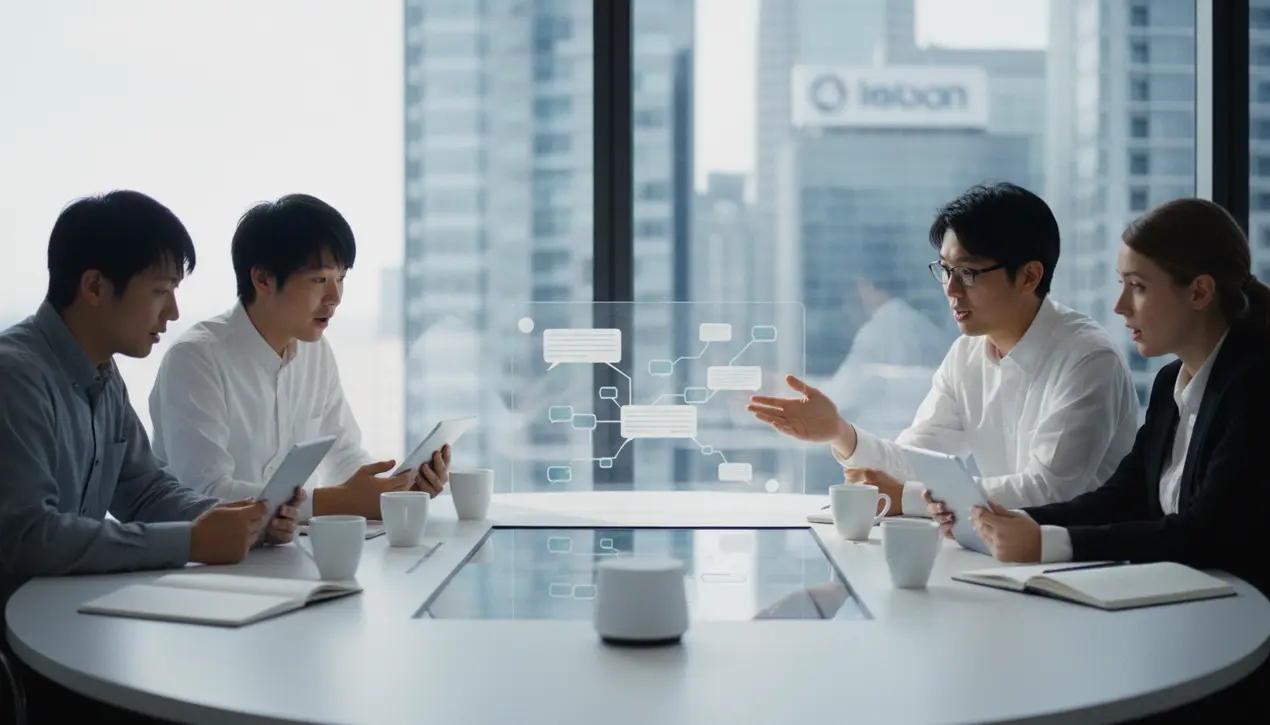
AIgenerative aiAI Tools and Startups
ChatGPT Group Chats Launched in Limited Pilot Regions
DA
Daniel Reed
4 hours ago7 min read1 comments
The long-anticipated arrival of ChatGPT Group Chats, initially discovered through leaked code and subsequently validated by OpenAI's official announcement, marks a significant evolution in how we conceptualize human-AI interaction. This isn't merely an incremental update; it's a foundational shift from a solitary, single-user interface toward a dynamic, multi-user collaborative environment.Imagine a shared digital workspace where a team can simultaneously engage with a sophisticated large language model (LLM) as if it were another participant—brainstorming product ideas, drafting documents, or planning an event with the model contributing in real-time. This functionality, now in a limited pilot for users across Japan, New Zealand, South Korea, and Taiwan, leverages the newly deployed GPT-5.1 Auto backend, which intelligently routes prompts to the most capable model available under a user's subscription tier. The technical underpinnings are fascinating; the system applies rate limits only when the AI is generating a response, meaning direct human-to-human messages within the group do not count against any plan's message cap, a clever design choice that encourages organic conversation.This move follows a broader industry trend toward collaborative AI, with Microsoft updating its Copilot assistant for group chats and Anthropic introducing shareable contexts via its Projects feature, though OpenAI's implementation is distinct in its real-time, synchronous nature. Internally, as technical staffer Keyan Zhang revealed, the concept was initially considered a 'wild, out-of-distribution idea,' but early tests demonstrated that the underlying models possess capabilities far beyond what current single-user interfaces typically allow.This pilot serves as a new 'container' to surface this latent potential. From a privacy and architectural standpoint, the design is notably robust; these group chats operate completely independently of ChatGPT's memory system, meaning no data from these sessions is used for model training or personalization, a critical consideration for enterprise adoption.The feature supports up to 20 participants, includes social functionalities like emoji reactions and context-aware responses, and even allows for personalized image generation using members' profile photos. For enterprise leaders and AI engineers, this pilot offers a crucial signal.It provides a tangible glimpse into the future of multi-user AI orchestration, raising questions about how LLMs will handle shifting context, conflicting user intents, and the nuanced dynamics of group dialogue. While the current rollout is confined to the ChatGPT product environment with no announced API or developer access, its existence challenges the AI community to build custom solutions for managing multi-party context and session state.The strategic selection of pilot regions suggests OpenAI is carefully testing cultural fit and usage patterns before a global deployment. This is more than a feature; it's a testbed for shared AI experiences, hinting at a future where generative models become integral participants in our collaborative workflows, fundamentally altering the interface between human teams and artificial intelligence.
#ChatGPT
#Group Chats
#OpenAI
#Generative AI
#Collaboration
#Pilot Launch
#GPT-5.1
#featured
Stay Informed. Act Smarter.
Get weekly highlights, major headlines, and expert insights — then put your knowledge to work in our live prediction markets.
Related News
Comments
Loading comments...
© 2025 Outpoll Service LTD. All rights reserved.